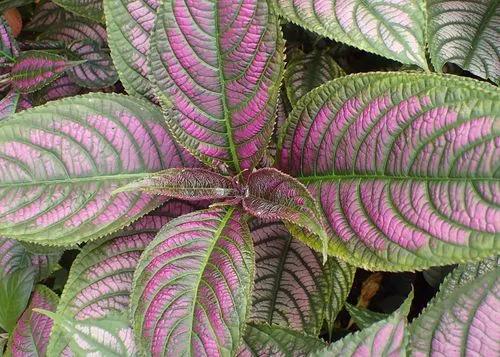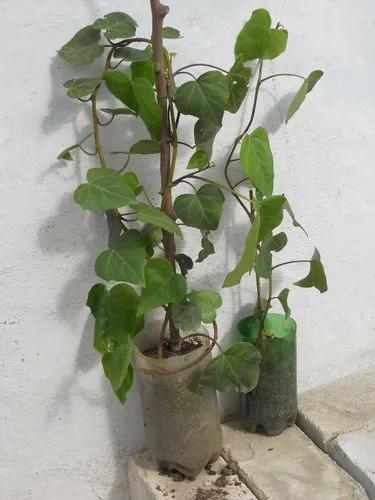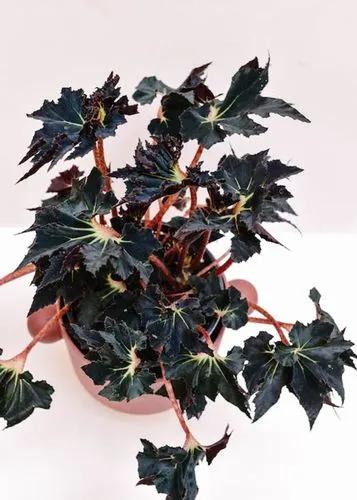A camouflage-like pattern of greens and light yellows with bluish-black stems. Thrives in warm, moist conditions. Excellent for the patio.
Caladium Hilo Beauty Care
Caladium praetermissum
Other names: Elephant Ear



How to Care for the Plant

Water

Caladiums need to be watered on a regular basis, especially during dry conditions. In fact, watering them on a weekly basis is recommended. Caladiums that are grown in containers should be checked daily and watered as needed.

Pruning

Prune caladium plants every 2-3 weeks, removing all damaged or dead leaves in the process. Make sure to dispose of all discarded foliage at a safe distance. Caladium plants respond well to regular fertilization. Use a balanced liquid fertilizer to feed the plants once every month.

Fertilizer

Caladiums are heavy feeders of potash and phosphorus and must have ample moisture and summer feeding of fertilizer in order to produce good tubers for the next growing season. Apply 1 tablespoon of 5-10-10 fertilizer per square foot every 4 to 6 weeks during the growing season.

Sunlight

Caladiums are ideal for shady yards and gardens. In southern areas they grow best in full to partial shade. In northern areas, most caladiums can also be grown in the sun as long as they get enough water and their leaves are shielded during the hottest part of the day.

Soil

Plant caladium in a rich, well-drained potting mix, such as a damp mix of soil and peat. Garden soil should be similarly rich and well-drained. The ideal soil pH is slightly acidic, at 5.5 to 6.2.

Temperature

Although caladiums can tolerate temperatures below 70 F, they won't grow as well or as large. They can tolerate temperatures as low as 45 F, but they do best when the average daytime temperature remains above 70 F and the average nighttime temperature remains above 60 F.

Container

Caladiums grow beautifully in containers and in landscapes that have well-drained soil. If you garden in heavy clay, you'll want to grow your caladiums in containers or raised beds. Fill your patio pots, window boxes and hanging baskets with the low maintenance, all-season color that caladiums provide.

Popularity

116 people already have this plant 37 people have added this plant to their wishlists
Discover more plants with the list below
Popular articles






